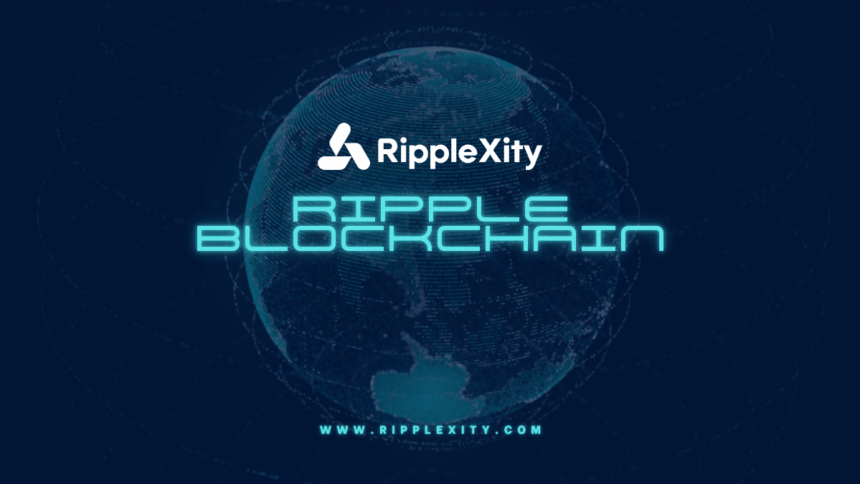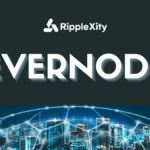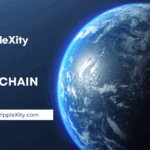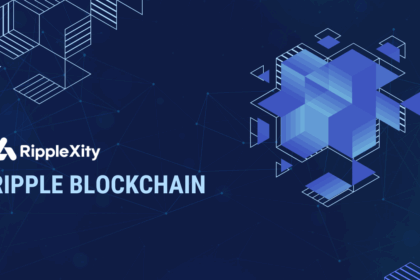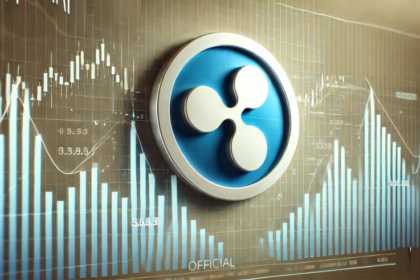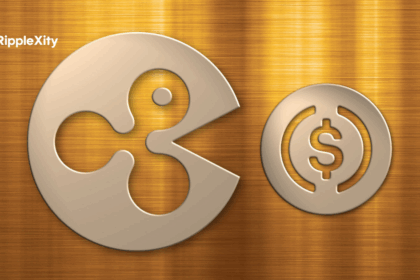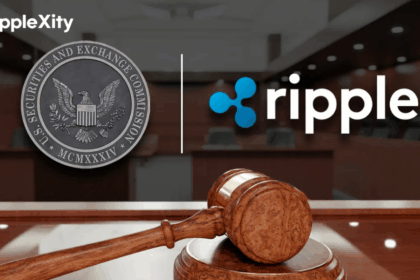As the financial world accelerates toward digital transformation, the gap between legacy systems and Web3 technologies is becoming more obvious.
Most banks, payment processors, and capital markets still rely on decades-old infrastructure that can’t meet the demands of real-time, global commerce.
Ripple, through its combination of RippleNet, the XRP Ledger (XRPL), and enterprise-grade blockchain solutions, is positioning itself as the bridge between traditional finance (TradFi) and the decentralized economy.
Let’s explore how Ripple is future-proofing global finance by providing the infrastructure needed to power tokenized money, assets, and services.
The Financial System’s Pain Points Today
- Slow Cross-Border Payments
- Settlement times of 2-5 business days.
- High Transaction Costs
- Hidden fees and multiple intermediaries.
- Limited Access to Liquidity
- Capital is locked in nostro/vostro accounts.
- Inefficient Asset Transfers
- Securities settlement can take days to finalize.
- Siloed Systems
- Financial networks don’t talk to each other, creating friction.
Ripple’s Solution: Future-Proof Digital Infrastructure
✅ RippleNet – The Global Payments Highway
- Connects 300+ financial institutions worldwide.
- Provides On-Demand Liquidity (ODL) using XRP to settle cross-border payments instantly.
- Reduces capital requirements by eliminating the need for pre-funded accounts.
✅ XRP Ledger – A High-Performance Tokenization Engine
- Enables real-time settlement of payments and tokenized assets.
- Offers low-cost, scalable, and energy-efficient transactions.
- Supports native token issuance, stablecoins, and decentralized exchange (DEX) functionality.
✅ CBDC Private Ledgers & Institutional Tools
- Customized solutions for central banks, commercial banks, and governments.
- Supports CBDC pilots in Bhutan, Palau, and Montenegro.
- Provides enterprise-grade APIs for seamless integration with existing banking systems.
Real-World Impact Ripple Is Driving
- 🏦 Banking & Payments
- Real-time remittances and corporate treasury optimization.
- 🪙 CBDCs & Stablecoins
- Digital currency issuance with regulatory compliance.
- 📈 Capital Markets & Tokenized Securities
- Instant settlement of tokenized stocks, bonds, and funds.
- 🛠️ Web3 and dApp Development
- Decentralized applications powered by XRPL and Evernode.
Ripple’s Unique Advantage
- 🌍 Global Reach
Partnerships with major banks, fintechs, and governments. - 🛡️ Regulatory Engagement
Active collaboration with policy makers worldwide. - ⚡ Proven Scalability
Billions of dollars settled through RippleNet ODL. - 🔄 Interoperable Infrastructure
Bridging TradFi and DeFi in a seamless way.
The Road Ahead
Ripple’s strategy goes beyond just payments.
It’s building a full-spectrum infrastructure that can power:
- Tokenized real-world assets (RWAs)
- Digital currencies (CBDCs, stablecoins)
- Smart contract platforms (via Evernode)
- Institutional-grade liquidity networks
By bridging legacy finance and decentralized networks, Ripple is setting the stage for a $1 trillion+ tokenized economy by 2030.
Final Thoughts
Ripple isn’t just disrupting finance — it’s rebuilding it from the ground up, with the tools, networks, and partnerships needed to drive real-world adoption.
At RippleXity, we’ll continue tracking how Ripple’s future-proof infrastructure is reshaping the global financial system for the Web3 era and beyond.
Stay with us as we cover Ripple’s next chapter in financial innovation.




